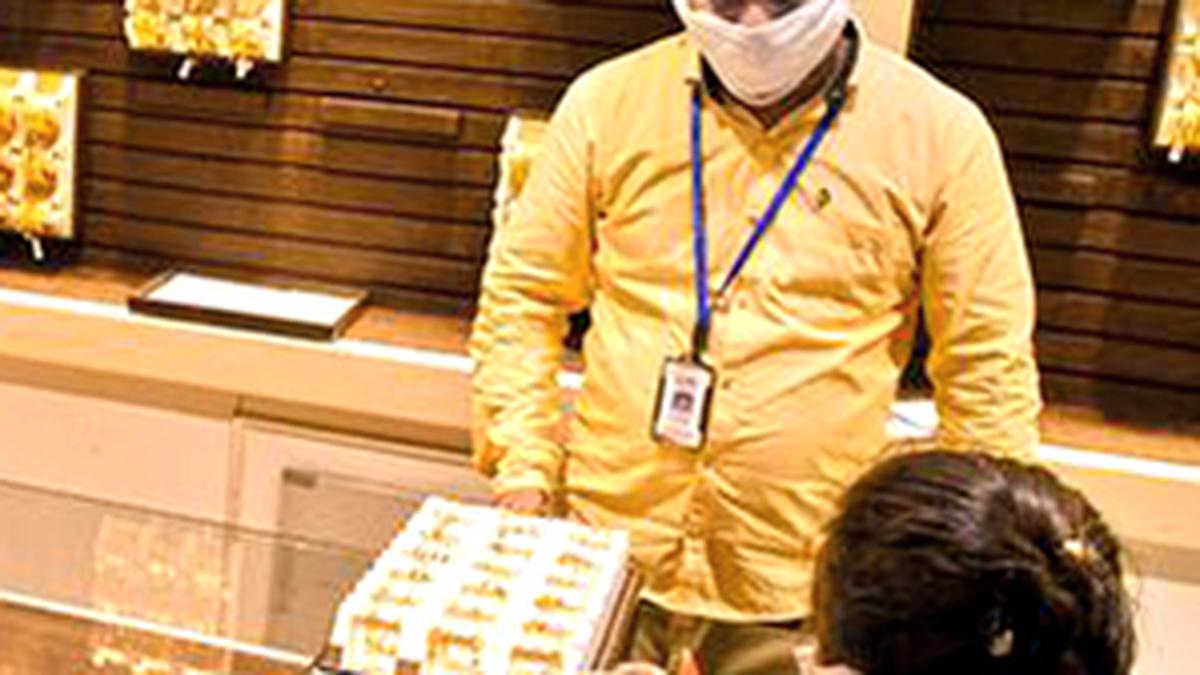
South Indian jewellery market still under-explored says GJEPC
The Hindu
The organised retail share of the South Indian jewellery retail market is more than ₹65,500 crore while the unorganised segment consists of over 2 lakh traditional local goldsmiths and jewellers, but international buyers of gem & jewellery are not quite familiar or sourcing to the extent desired, the Council feels
Even though the South Indian jewellery retail market (according to Frost & Sullivan) has crossed the ₹2 lakh-crore mark and now accounts for 40% of the overall Indian jewellery retail business, it is still under-explored as per The Gem & Jewellery Export Promotion Council (GJEPC).
GJEPC, the jewellery sector apex body, is now focusing on taking South India’s ‘under explored’ jewellery business to global buyers through trade shows & promotions.
The organised retail share of the South Indian jewellery retail market is more than ₹65,500 crore while the unorganised segment consists of over 2 lakh traditional local goldsmiths and jewellers, but international buyers of gem & jewellery are not quite familiar or sourcing to the extent desired, the council feels.
Vipul Shah, Chairman, GJEPC said, “Southern India is one of the biggest gem & jewellery markets for domestic consumption and exports is evident from the multitude of globally recognized companies and brands existing here. Yet the Southern India market is an under-explored jewellery market for national and international B2B manufacturers.
With Bengaluru emerging as a bridge between India and the U.S. on the tech side, GJEPC is taking several initiatives to develop the gem & jewellery business in the southern markets.
GJEPC is organizing the first-ever India International Jewellery Show - IIJS Tritiya – in Southern India at the Bengaluru International Exhibition Centre (BIEC) from March 17 to 20. This comes a month prior to Akshaya Tritiya, the auspicious gold jewellery-buying festival.
IIJS Tritiya, the third exhibition under the IIJS banner, features more than 800 exhibitors and over 1,500 stalls and the event is expected to attract over 12,000 trade visitors from 500 cities.

The Union Budget unveiled on February 1, 2025, has come at a time of unprecedented global uncertainty and a flagging domestic economy. The real GDP growth is estimated at 6.4% for 2024-25 and between 6.3-6.8% for 2025-26, a far cry from >8 percent growth required annually to make India a developed nation by 2047. While much attention has been devoted to the demand stimulus through income tax cuts, not enough is said about the proposed reforms in urban development, tariff rationalisation, and regulatory simplification aimed at making Indian cities and corporates more competitive. Since the majority of economic activity is located in cities (urban areas account for ~55% of GDP) and produced by large corporates (~40% of the national output and 55% of India’s exports), the above-mentioned reforms have a pivotal role in improving India’s trend growth rate. Below we unpack each reform.












